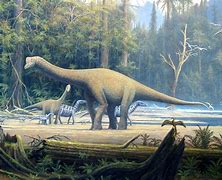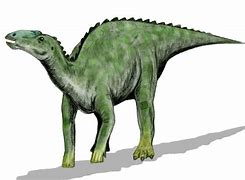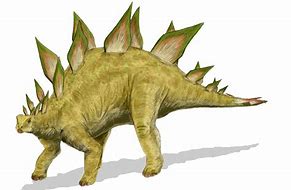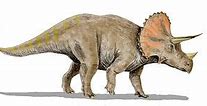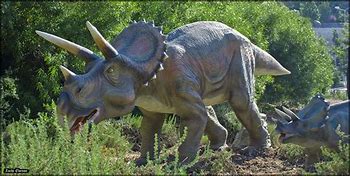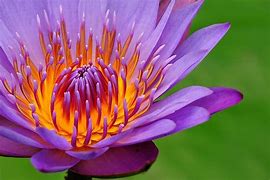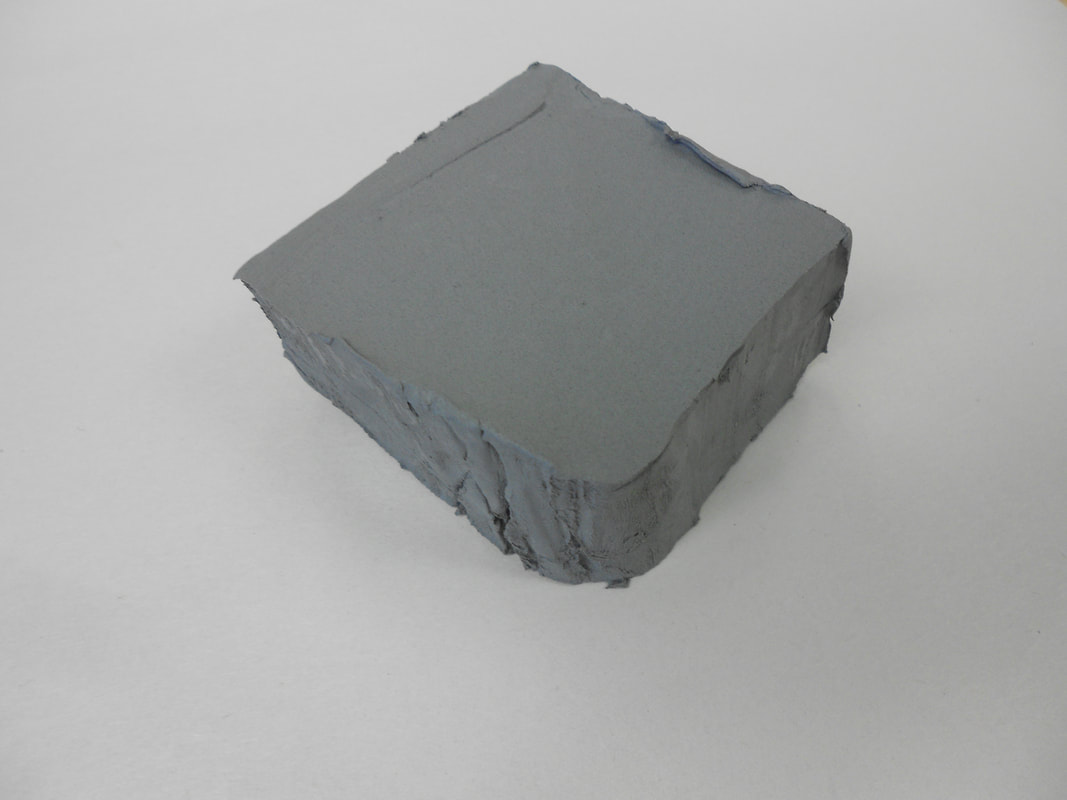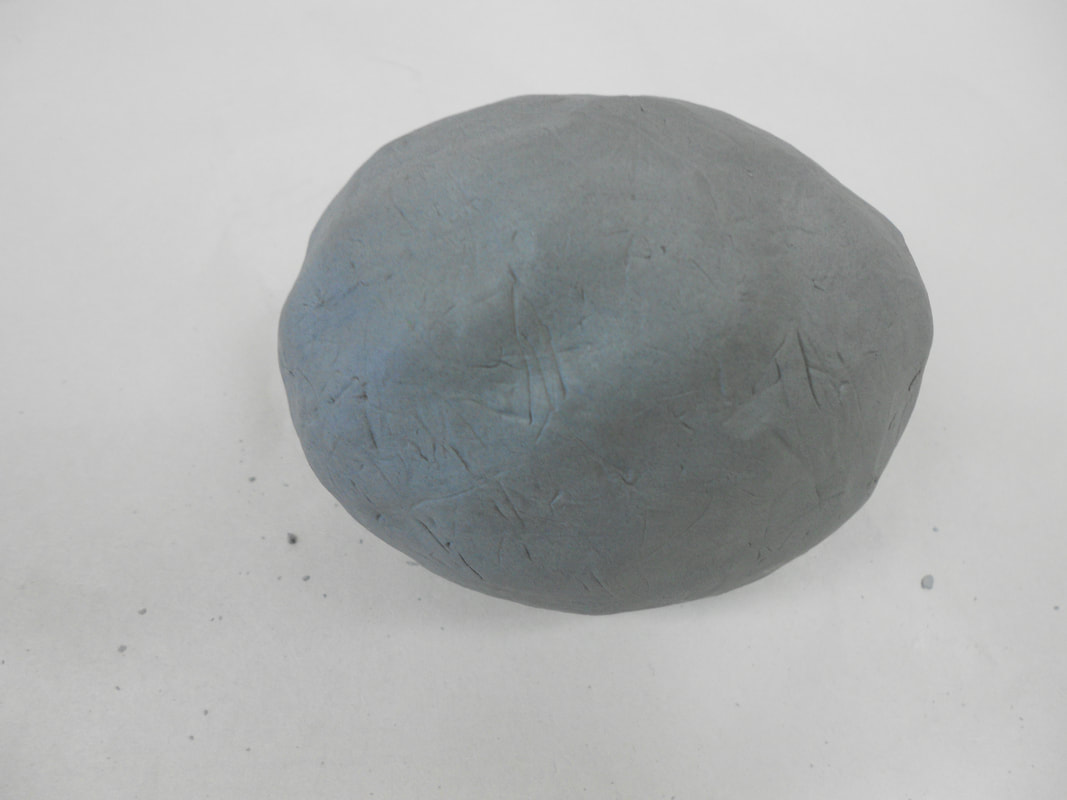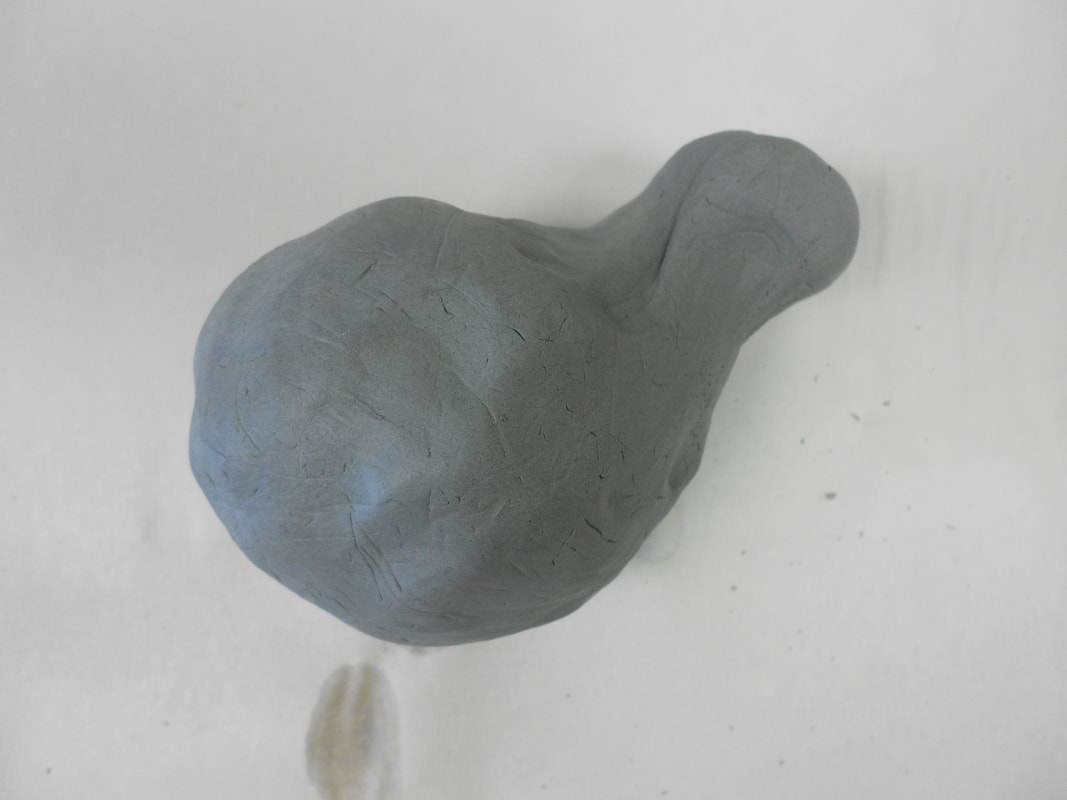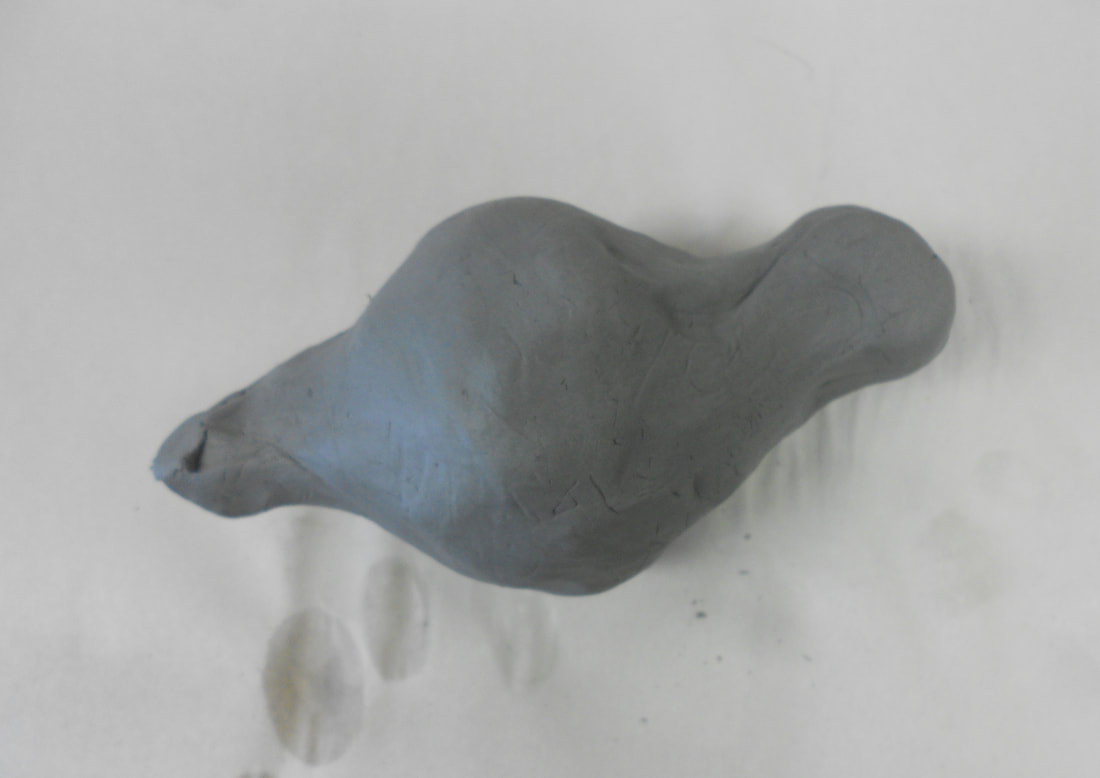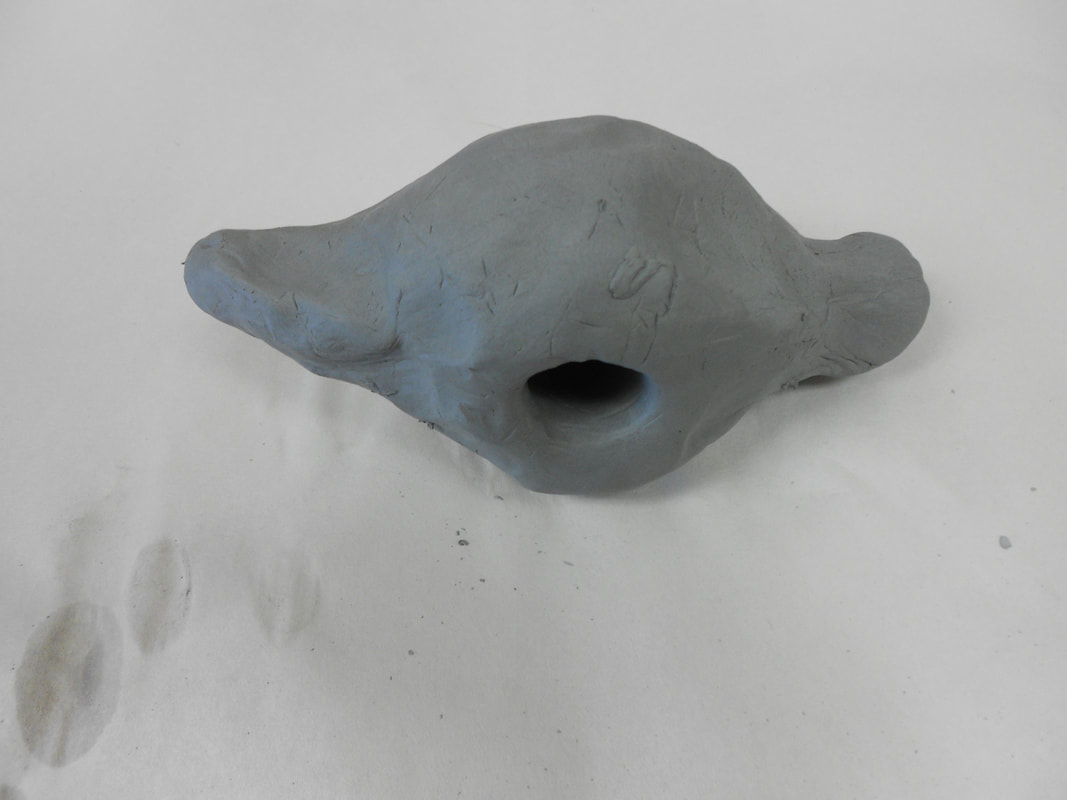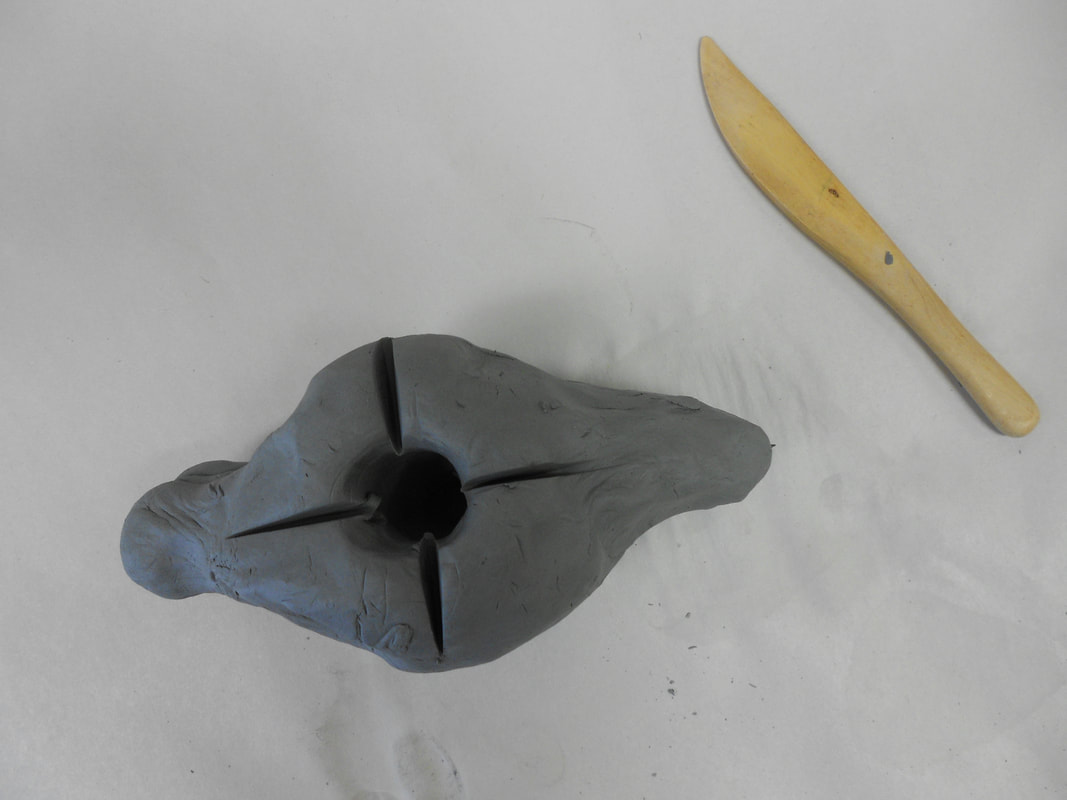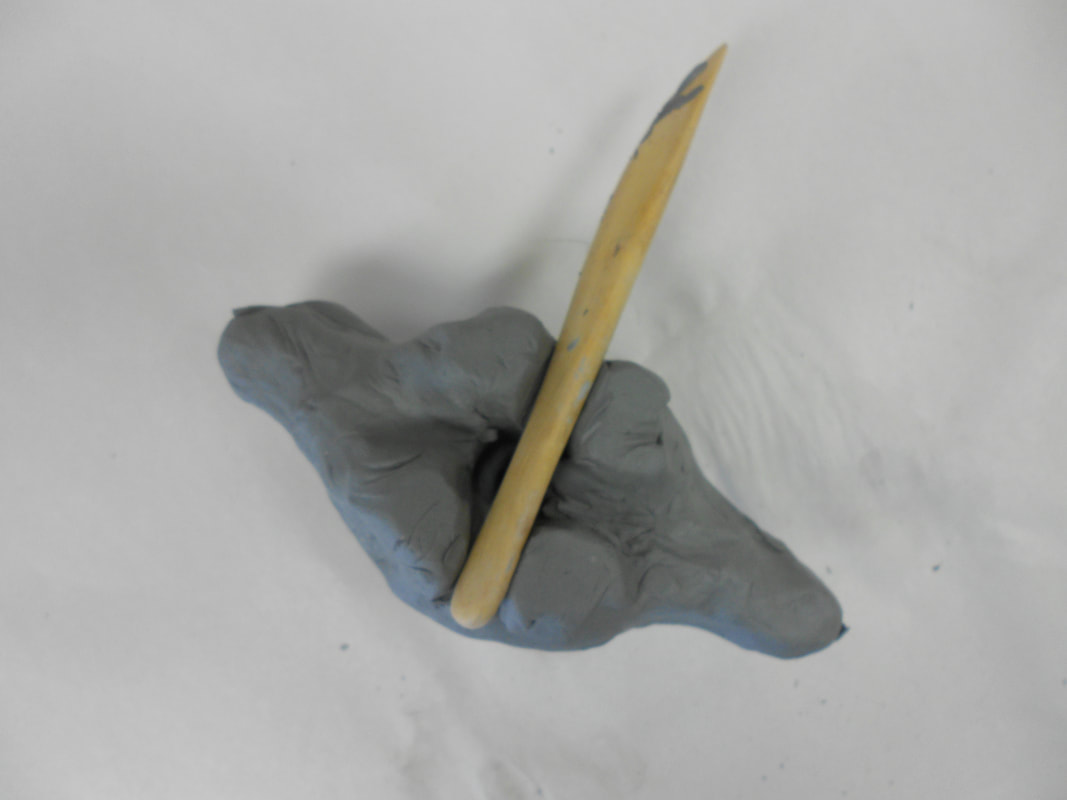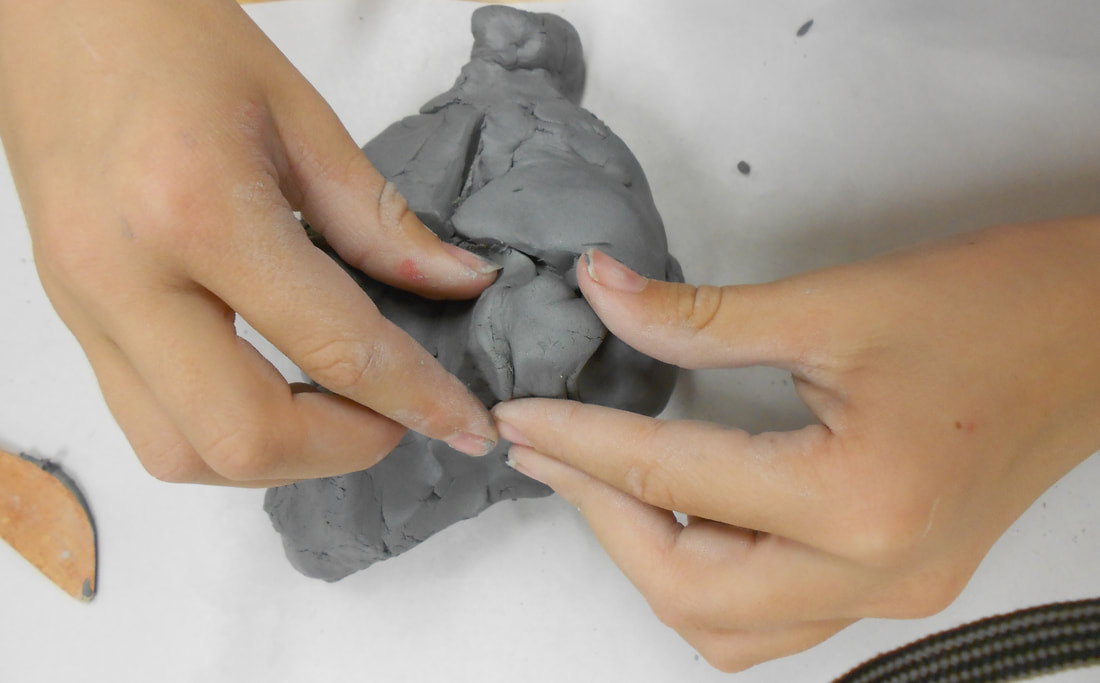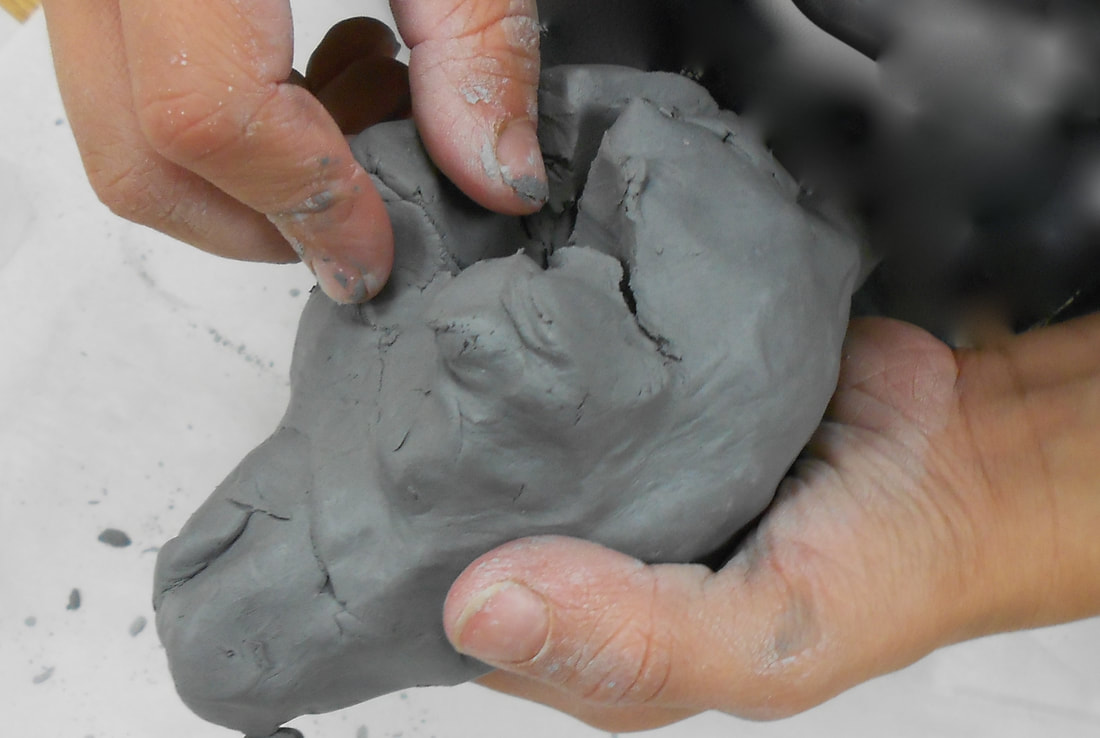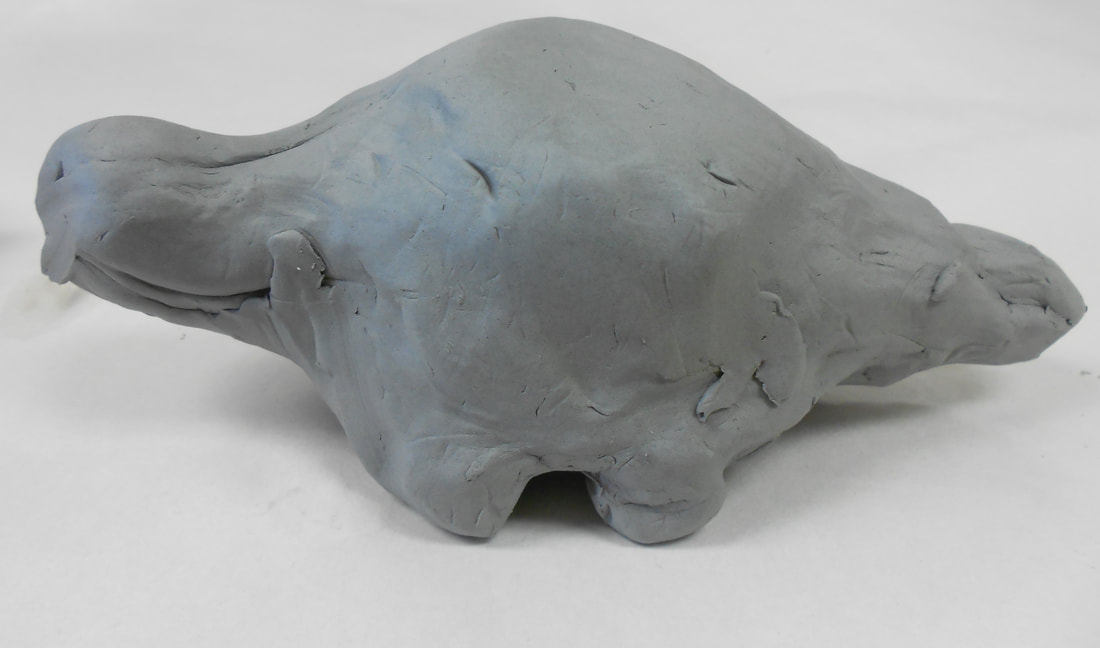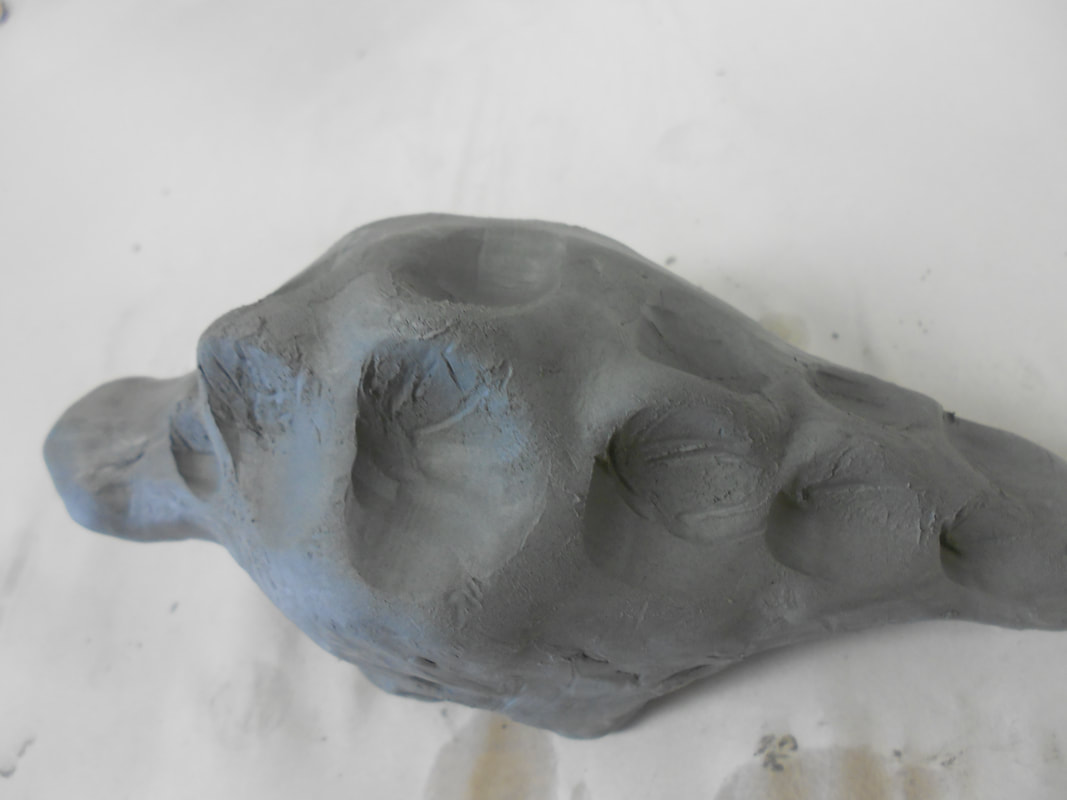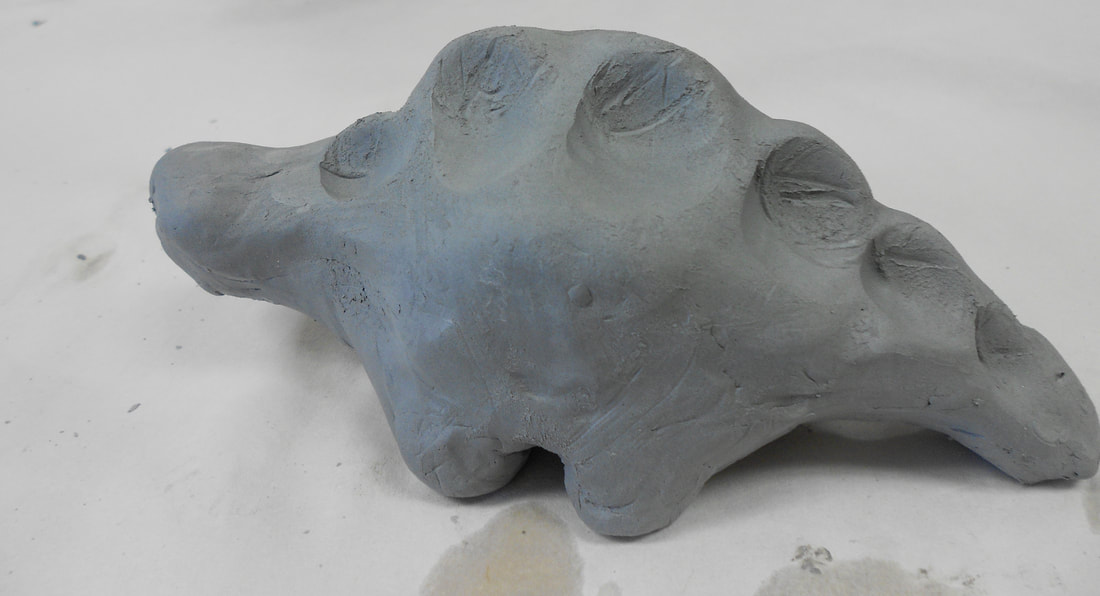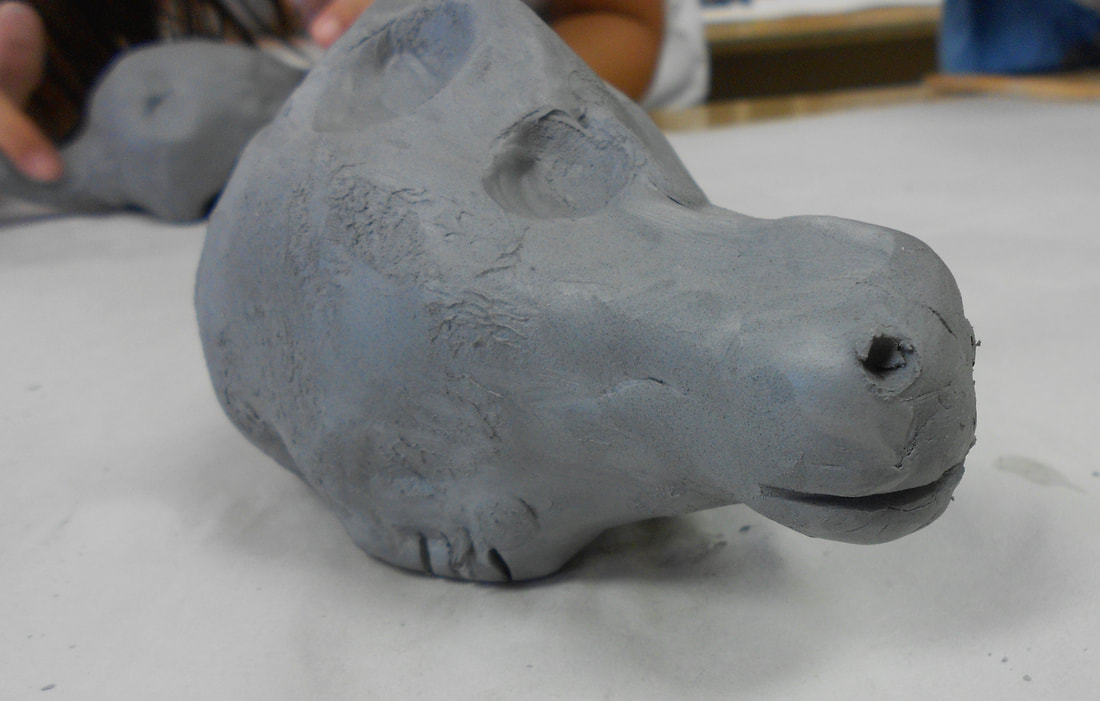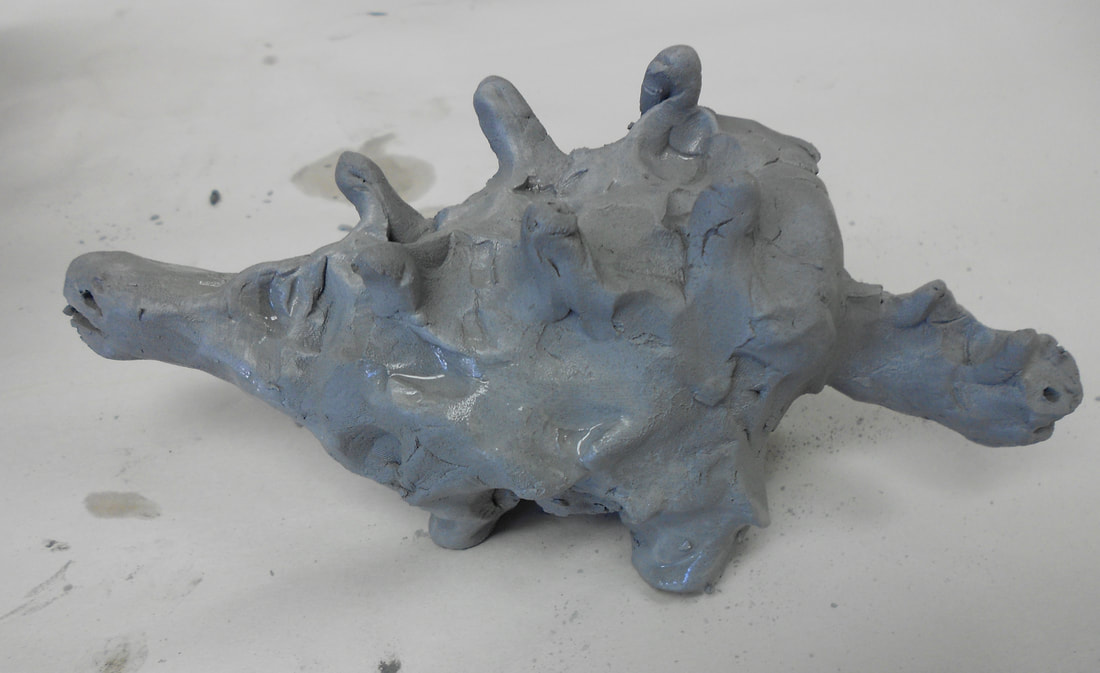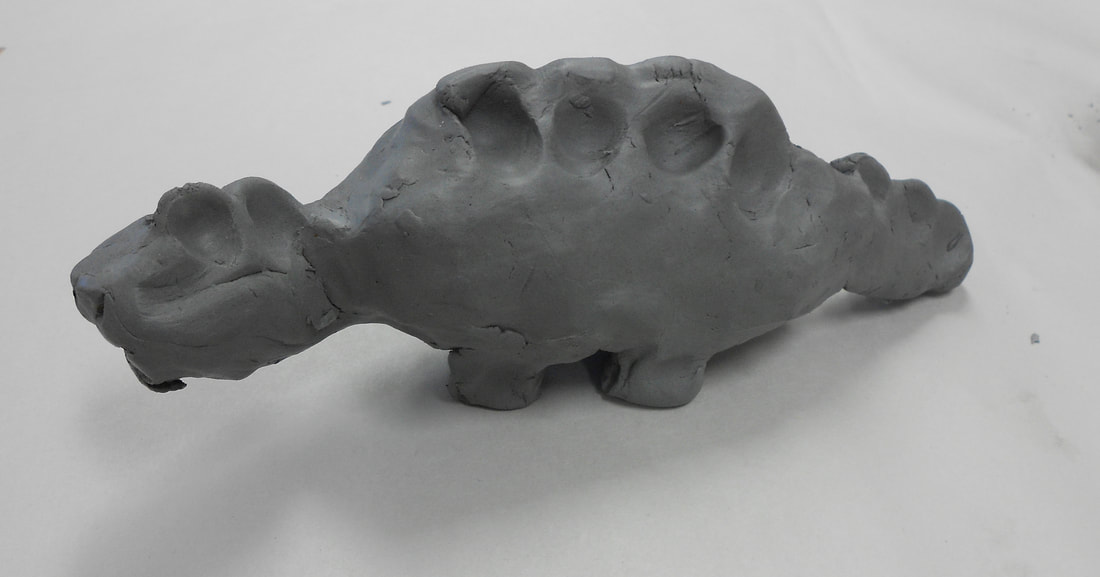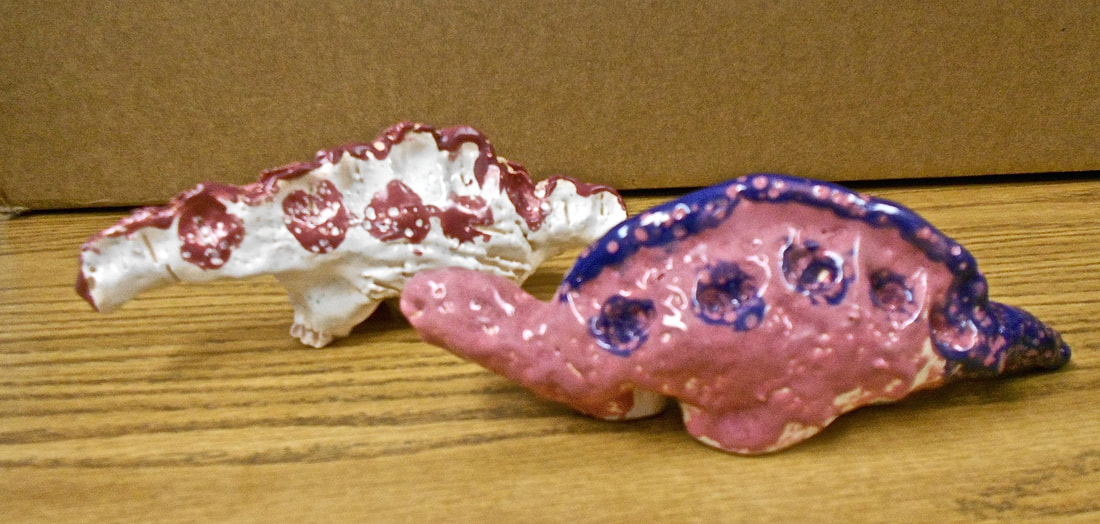clay dinosaur project + lesson for lower elementary grades
The following is a 1st grade, 2nd or 3rd grade art lesson but on the forming of a dinosaur using clay. The lesson uses low fire clay, but can be performed with any kind of clay. The lesson includes picture of various dinosaurs for inspiration.
Scroll down to find:
Scroll down to find:
- examples of dinosaur images
- step-by-step instructions with pictures of the project
- a lesson plan including California State Visual Art Standards, + National Art standards
reference pix
Students will use their "artistic license" to adjust some details of their clay dinosaurs. For example; shorter, fatter legs, back details, tails, + necks.
step-by-step visual instructions
objective
Students will gain knowledge of clay + how to manipulate it to make small sculptures. Students will know what a dinosaur looks like, as well as have working knowledge on how to make one. All students will have a completed clay figure of a creative dinosaur upon lesson completion.
materials
- clay
- clay tools
- cups/containers for water or slip
activity
- introduce lesson
- show students pix of various dinosaurs with a limited history lesson follow step-by-step instructions
- explain to students how clay dries out the more one manipulates it - have students tear off a small piece to play with while facilitator is instructing
- for using water on air dry + low fire clay - use VERY LITTLE to smooth or reduce cracking - rub water into clay
- follow step-by-step instructions
clean up
- allow for time to clean up
- give specific jobs out for clean up
vocabulary words
- Balance - Visual equilibrium in a composition; achieved by organizing the weight and attention of all elements in an artwork. Types of balance are symmetrical, asymmetrical, radial, and crystallographic.
- Form - A three-dimensional volume or the illusion of three dimensions (related to shape, which is twi-dimensional); the particular characteristics of the visual elements of a work of art (as distinguished from its subject matter or content).
- Harmony - The principle of design that combines elements in a work of art to emphasize similarities of separate but related parts.
- Proportion - The size relationships of one part to the whole and of one part to another.
- Scale - The size of an object or image that is measured by its relationship to the other objects and images that are recognized for their normal or actual size.
- Sculpture - A three-dimensional work of art either in the round( to be viewed from all sides) or in bas relief (low relief in which figures protrude slightly from the background).
- Space - An area in which objects or images can exist.
- Shape - A two-dimensional are or plane that may be open or closed, free-form or geometric. It can be found in nature or is made by humans.
- Unity - Total visual effect in a composition achieved by the careful blending of the elements of art + the principles of design.
variation
- use low fire clay with glaze
- use airdrop clay with tempera paint mixed with liquid glue
- make specific dinosaurs
- make figures lager
ca state visual arts standards
CREATIVE EXPRESSION
Creating, Performing, and Participating in the Visual Arts
Students apply process and skills, using a variety of media to communicate meaning and intent in original works of art.
Skills, Processes, Materials, and Tools
2.3 Demonstrate beginning skill in the manipulation and use of sculptural materials (clay, paper, and paper mâché) to create form and texture in works of art.
Communication and expression Through Original Works of Art
2.8 Create artwork based on observation of actual objects and everyday scenes.
Creating, Performing, and Participating in the Visual Arts
Students apply process and skills, using a variety of media to communicate meaning and intent in original works of art.
Skills, Processes, Materials, and Tools
2.3 Demonstrate beginning skill in the manipulation and use of sculptural materials (clay, paper, and paper mâché) to create form and texture in works of art.
Communication and expression Through Original Works of Art
2.8 Create artwork based on observation of actual objects and everyday scenes.
national arts standards
VISUAL ARTS - CREATING
Enduring Understanding - Artists and Designers shape artistic investigations, following or breaking with tradition in pursuit of creative art-making goals.
Essential Question(s) - How does knowing the context histories, and traditions of art forms help us create works of art and design? Why do artists follow or break from established traditions? How do artists determine what resources and criteria are needed to formulate artistic investigations?
1st VA:Cr1.2.1a
Use observation and investigation in preparation for making a work of art.
VISUAL ARTS - RESPONDING
Enduring Understanding - Visual Imagery influences understanding of and responses to the world.
Essential Question(s) - is ani age? Where and how do we encounter images in our world? How do images influence our view of the world?
1st VA: Re.7.2.1a
Compare images that represent the same subject.
Enduring Understanding - Artists and Designers shape artistic investigations, following or breaking with tradition in pursuit of creative art-making goals.
Essential Question(s) - How does knowing the context histories, and traditions of art forms help us create works of art and design? Why do artists follow or break from established traditions? How do artists determine what resources and criteria are needed to formulate artistic investigations?
1st VA:Cr1.2.1a
Use observation and investigation in preparation for making a work of art.
VISUAL ARTS - RESPONDING
Enduring Understanding - Visual Imagery influences understanding of and responses to the world.
Essential Question(s) - is ani age? Where and how do we encounter images in our world? How do images influence our view of the world?
1st VA: Re.7.2.1a
Compare images that represent the same subject.
